Ny Tanintsika’s HAVANA Project has successfully put an end to lemur hunting and contributed to tackling deforestation in the Ambohimahamasina area of Ambositra-Vondrozo Forest Corridor (COFAV), whilst improving local livelihoods. This through a variety of activities that informed local people about the importance of protecting lemurs and their habitat, combined with numerous trainings and follow-up. Seven lemur species have been identified during monitoring carried out by community lemur monitors who live right within the forest – these are Hapalemur aureus, Propithecus edwardsi, Varecia variegata editorum, Eulemur rubriventer, Eulemur rufifrons, Microcebus rufus and Avahi peyrierasi. Data analysis is underway to assess the size and evolution of lemur populations. We know that lemurs naturally participate in indigenous tree-planting (their poop being highly effective for seed dispersal & increasing sapling survival rates), so lemur conservation actively contributes to forest regeneration and thickening.

Credit: Ny Tanintsika
Local communities, already aware and convinced of the negative impact of environmental degradation and climate change, have been actively producing young tree saplings through three tree nurseries in order to ensure reforestation. In 2020, 21,800 seedlings were planted – all indigenous trees. Communities celebrated 2020 International Lemur Day in Ankarimbelo (in the Ikongo District in the eastern part of the COFAV) – a lively event that raised awareness about the conservation of lemurs and their habitat.

Credit: Ny Tanintsika
The goal of ending lemur hunting was achieved through a combination of communication campaigns and promotion of sustainable livelihoods initiatives. Awareness-raising activities have been ongoing along the three main forest footpaths crossing the forest corridor from east to west, so as to convince people to stop hunting lemurs. Highlighting the close ancestry between lemurs and humans, and their biological similarities, has been a key means to change attitudes. Large signs on lemur conservation were erected on these three footpaths, as well as signs on Protected Area forest legislation that were erected in the centre of the four rural municipalities targeted by the project – Ambohimahamasina, Ankarimbelo, Antodinga and Ambolomadinika. The project has helped forest inhabitants to develop alternative sources of protein to lemur meat – so far training 122 local people from the target forest area in sustainable fish farming and 90 people in poultry farming, 53 of whom are women. Beneficiaries now have fry in their fish-ponds and rice-fields. 90 people have also been trained on agroforestry techniques in Antanifotsy, Antanitoro and Ambondro with the aim of boosting agricultural harvests and adding value to abandoned land to prevent the need for further forest clearing. The objective is not only to benefit the local community in terms of food security, but also to secure income and to improve living standards.

Credit: Ny Tanintsika
The use of new technology contributes significantly and effectively to awareness-raising efforts; showing satellite images that illustrate the negative change in forest cover due to illegal logging and farming. This is an effective means to convince the local population, to the point where it has become an awareness-raising term: « AZA NY ATIALA MANGINA NO JERENA, FA NY ZANABOLANA AN-TAMPON’NY LOHA », in other words: « Don’t rely on the silence of the forest, because the satellite is always over your head ».

Credit: Ny Tanintsika
Ny Tanintsika’s team is always seeking to identify new strategies to help the local population to become more responsible and accountable in forest protection and species conservation, as this is the key to sustainable development.
This project is funded by UICN Save our Species .The contents of this article are the sole responsibility of Ny Tanintsika and do not necessarily reflect the views of IUCN.




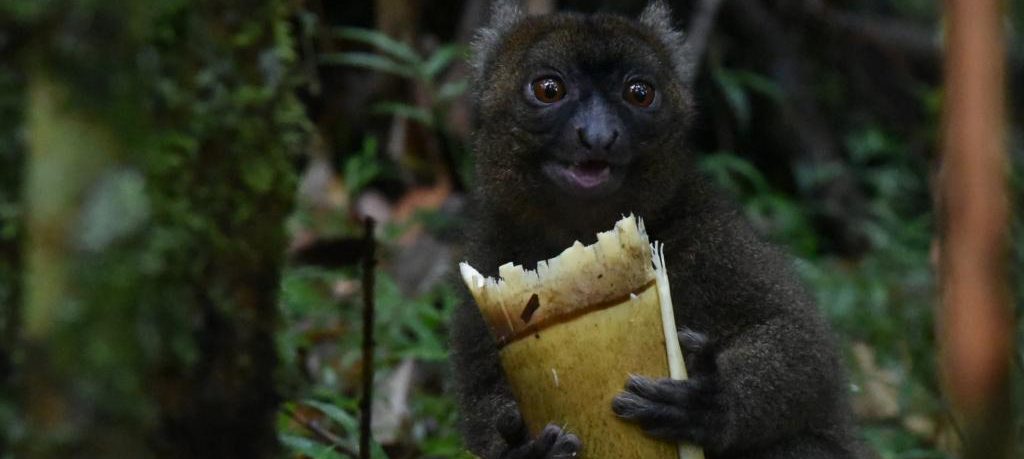


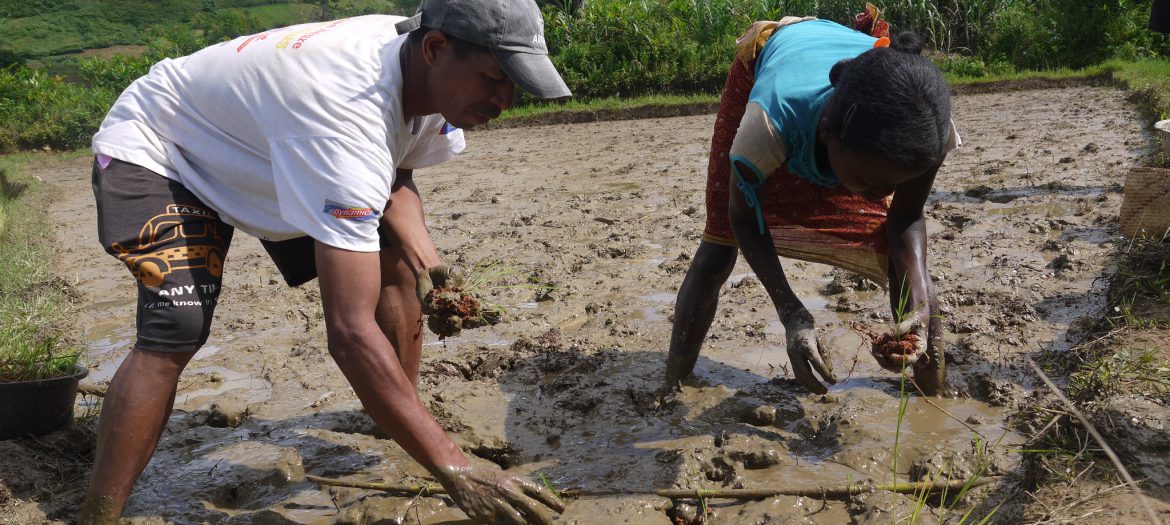
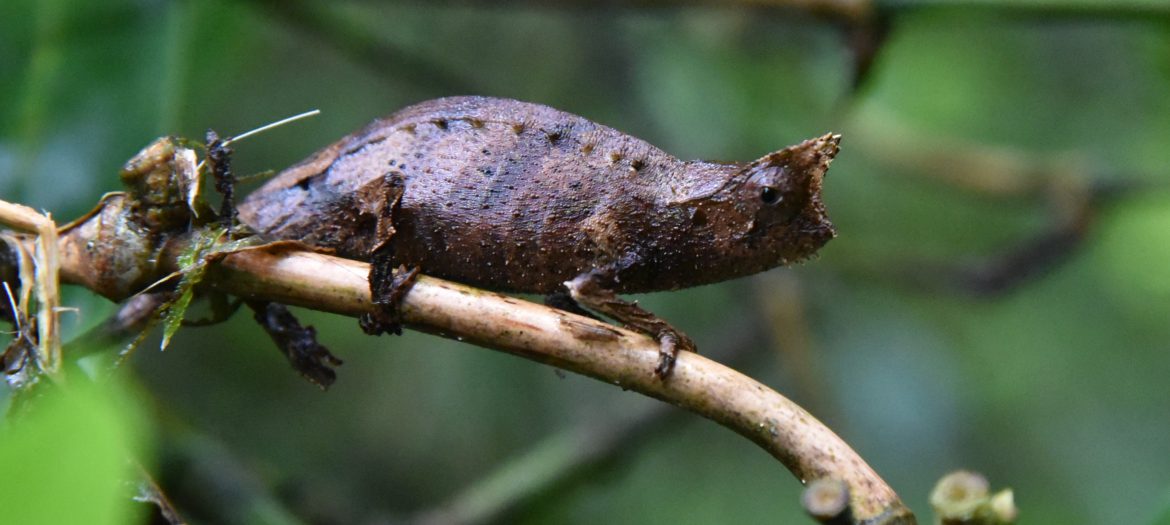
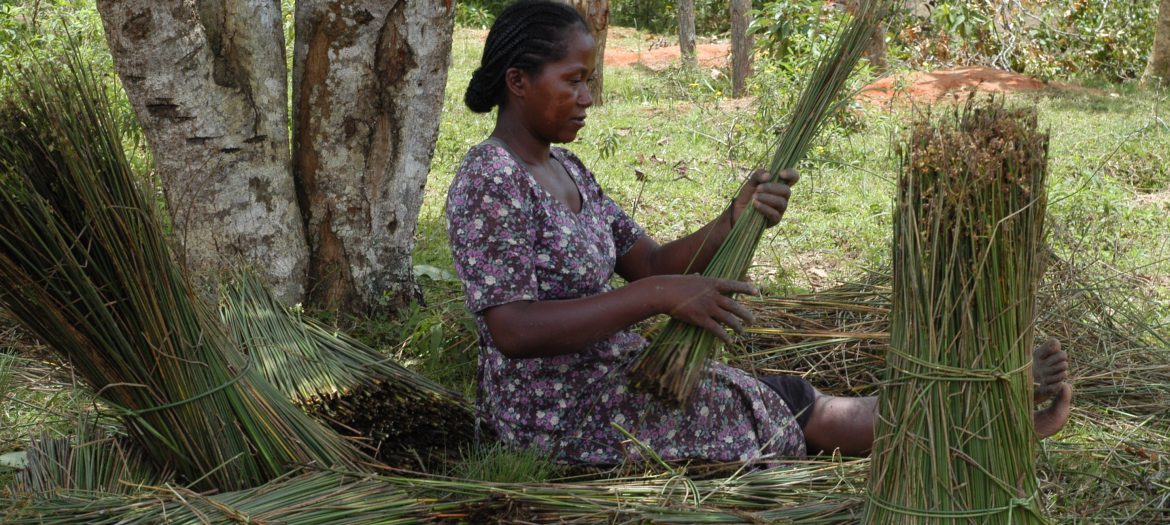
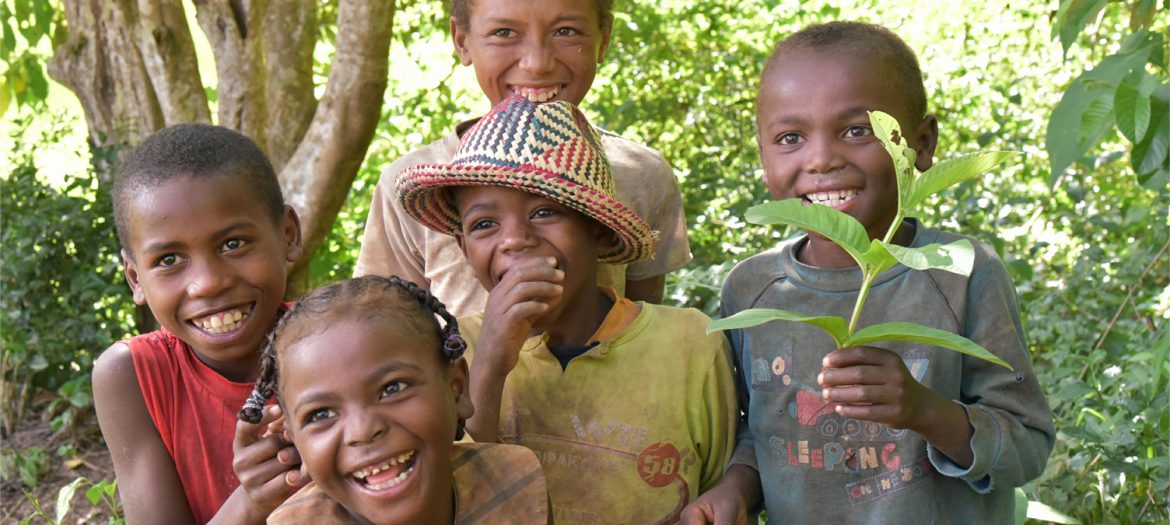
Laisser un commentaire